The Wings Tour 2014: Leg Two
This original Motorcycle.com editorial content was sponsored by American Honda.
The dull roar builds to an ear-splitting crescendo. Fifty yards away the F/A-18 launches, blasting past a few feet away on the concrete runway. The nose lifts, the jet engines burning a sunset orange, and the plane lifts into the air. A moment later we see the grass rippling towards us and we’re hit with a blast of JP5 exhaust and heat from the afterburners as the jet climbs into the sky, leaving an inky black trail. Our search for the link between wings and two wheels has taken us to some of the highest-performing fliers in the world.
This is Leg-Two of a three-part aviation-themed motorcycle tour aboard a 2014 Honda Gold Wing. If you missed the first installment, here is a link to Wings Tour: Leg One.
Day 3
Virginia is an aviation state. After the first leg of our tour in northern Virginia and the western Virginia mountains, we head towards the southeast corner of the state, dropping down from the Skyline Drive through the rolling Piedmont hills and into the flat, sandy Tidewater, letting our Honda Gold Wing stretch its legs on the open interstate.
The Hampton Roads area of the state has the highest concentration of military bases and defense facilities in the world. That means a lot of planes and a lot of pilots. We headed there to experience the past and present of high-performance military aviation and investigate what motorcycle connections we could find.
Our first destination was the Military Aviation Museum in Virginia Beach, one of the world’s largest collections of privately held aircraft. This one’s a little different than your average museum. Don’t expect velvet ropes and the odor of mothballs here. The Military Aviation Museum prides itself on being a “living” museum. Most of their aircraft are in flying condition thanks to a staff of mechanics that do regular maintenance. Visitors can walk right up to them in their hangars and smell the oil and aviation fuel.
Located off the beaten path, the museum is reached by riding down rural roads flanked by farm fields. We were greeted by three of the top fighter planes of World War II: a Soviet Yak-3, an American P-51D and a British Spitfire sitting by the runway. The museum’s twin-engine Mosquito had just landed, and within minutes it was ready to fly again. Peering out of the hangar doors, we watched as the Yak-3 turned over, its V-12 coughing to life before giving a full throttle roar. My skin crawled with goose bumps. The last time I remember having this sensation was in 2003 when I first heard Larry Pegram’s Ducati 998R coming off NASCAR Turn 4 at Daytona and winding up to nearly 200 mph. Maybe pistons and gasoline are what connect motorcycles and airplanes? The smell of exhaust? The vibration of cranking pistons?
From the museum, we headed to Naval Air Station Oceana which houses one of the largest number of military aircraft on the East Coast – more than 300 F/A-18s are parked there. It’s closed to civilians, except for guided tours, but the Navy invited us in to see the jets in action and speak to some of their aviators. In the morning hours, Navy personnel ride in and out of the base on motorcycles and small clusters of bikes are parked by the hangars and administrative buildings. Watching the speed, power and maneuverability of the jets in the air, it’s easy to understand why a pilot needs to be on a motorcycle when they’re on the ground.
“The freedom of riding a motorcycle is like the freedom of flying,” said Commander Brett Dresden, executive officer for F/A-18 squadron VFA-81, who started out riding a dirt bike on his family farm and currently rides a Harley Fat Boy. “I like the open road. I don’t have a windshield or a fairing because I like the air hitting me.”
It takes the same personality to be a pilot or a motorcycle rider. These are Type-A guys who are jumping out of airplanes, driving race cars and competing in sports when they’re not flying.
“I’ve always liked operating things at high speed, whether it was a motorcycle, an airplane or a boat,” said Jim Easterbrooks, a former F-14 pilot who now works as an air operations manager at Oceana and rides a Ninja 650R. “There’s an excitement in riding a bike that’s like flying in an open cockpit airplane.”
It requires a team of support personnel to keep a Navy jet aloft, but once in the air, like a motorcycle on the open road, it’s just the pilot and his machine.
“When you’re flying or riding you’re one person with a machine relying on your own skills,” said Bill Hanrahan, a F/A-18 pilot and air operations officer at Oceana and a former road racer, who rides a Heritage Softail. “You’re in your own little world. In jets or on motorcycles, you’re pushing the performance envelope and trying to get as close to the edge as possible. When you land on a carrier the first time, it’s a thrill like the first time you drag a knee.”
According to the pilots, there is also some crossover between flying skills and riding skills.
“Like flying, when you’re on a bike you have to have a situational awareness of what is happening in front, beside and behind you,” Dresden said. “With both, you have to have the absolute confidence to do the right thing at the right time.”
“It’s a mental exercise to fly well and ride well,” said Easterbrooks. “They are exacting and unforgiving activities. If you make a mistake you can get hurt or killed.”
“The motorcycle gives me something to look forward to after a day of flying F/A-18s,” Dresden said.
Leaving Oceana, I have to concentrate to keep the Gold Wing below the speed limit.
Day 4
About two hours south of Oceana is the place where it all began. When the Wright brothers were looking for a place to test their flying machines, they discovered the Outer Banks of North Carolina, a string of barrier islands that were isolated and had the largest sand dunes on the East Coast (The dunes were hills free of trees and the sand was soft to land their gliders on). On December 17, 1903, after about four years of research and experimentation, the brothers successfully launched the world’s first manned, powered heavier-than-air flight at the base of Kill Devil Hill.
Before we stopped at the Wright Brothers National Memorial there was another ride that we couldn’t pass up. The Outer Banks has its own version of the Skyline Drive. Below the town of Nags Head, North Carolina Highway 12 passes through the Cape Hatteras National Seashore. For 70 miles the road threads along Hatteras Island, through wildlife refuges and sand dunes, past former fishing villages that are now clusters of beach houses, the sea and sound often visible at the same time. It’s a two lane road often covered by blowing sand, and sometimes water, as the tides overwhelm low-lying parts of the island.
We arrived days after Hurricane Arthur had battered the island, and the devastation left in its wake is still visible. Seaweed hung from low-hanging branches, and debris was piled by the road side. No one considers a Gold Wing to be an adventure-tourer, but it handled the sandy pavement and gravely washed-out sections of road without problem, its ABS brakes again giving confidence for stopping in uncertain traction.
After visiting the Cape Hatteras lighthouse, we headed back north to the Wright Brothers National Memorial. The museum details the history of the world’s first flight. Self-taught engineers, the Wrights ignored the “experts” who said flight wasn’t possible and started to experiment, moving from kites to gliders and building their own wind tunnel to test wing design.
Wilbur and Orville used their bicycle-building tools and technical knowledge to produce their first airplane, meaning both airplanes and motorcycles grew out of bicycles. A series of chains and sprockets took power from their homemade engine to the two propellers.
Former bicycle racers, the Wrights controlled their first flying machine through “body English.” The left hand worked a lever that controlled the elevator to take the machine up and down, but the turning of the machines was actuated by cradle that fit around the pilot’s hips. To turn right or left the pilot slid his hips in the direction of the turn, much like a modern road racer hangs off the bike to make a turn, and the cradle shifts, pulling a series of cables that turn the rudder and warp the wings in the form of a crude aileron.
Standing in the spot where the first flight took place, a Seahawk, the Navy version of the Blackhawk helicopter, hovered overhead. It’s amazing how far flight has come in the century since the Wrights first flew. Twenty-four years after their 120-foot flight, Charles Lindbergh (a motorcyclist) flew 3,600 miles across the Atlantic. Forty-three years later Chuck Yeager (a motorcyclist) broke the sound barrier. And barely two generations after that first flight in the Carolina sands, the first man landed on the moon.
Total Miles, Leg Two: 430 miles
Total Trip Miles to Date: 760 miles
Average Fuel Consumption: (mix of urban, interstate and coastal roads): 42 mpg
Motorcycles have also been part of the 20th-century technological revolution, developing from crude bicycles with a rudimentary engine strapped on to aluminum-framed, computer-controlled wonders. Our Gold Wing bristled with technology that would not have been imaginable on a motorcycle from a generation or so ago, from its built in GPS navigation and satellite radio to its linked ABS brakes and optional air bag.
Inside the Wright museum, we encountered another motorcyclist. In a gallery of aviation pioneers hangs a painting of Cal Rodgers. Rodgers raced early motorcycles before turning to aviation. In 1911 he became the first person to cross the United States by plane, flying 4,000 miles in 49 days. The early days of long-distance flying and modern long-distance motorcycle riding have a lot in common. With Rodgers in mind, we headed south on the final leg of the Wings Tour.
This original Motorcycle.com editorial content was sponsored by American Honda.
More by Jeremiah Knupp



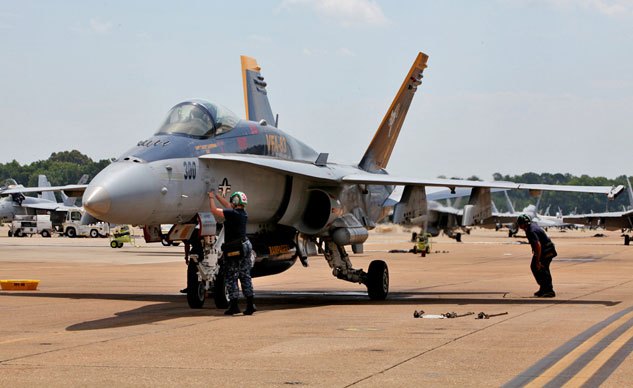

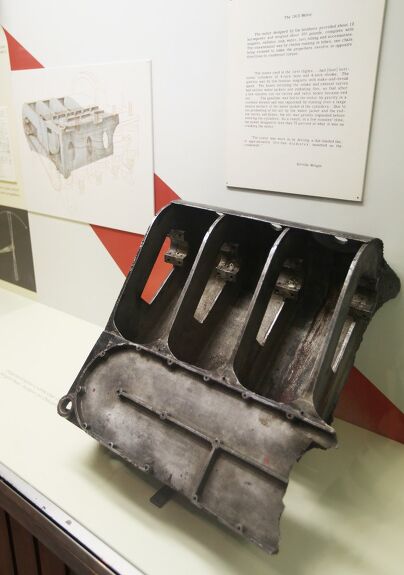
























































































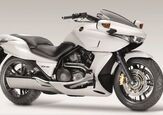
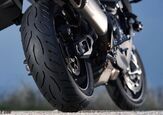
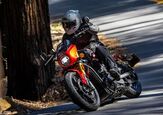

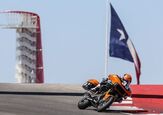
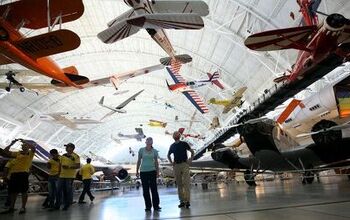
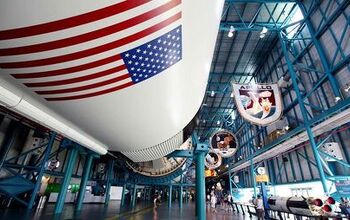
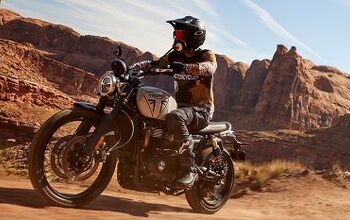
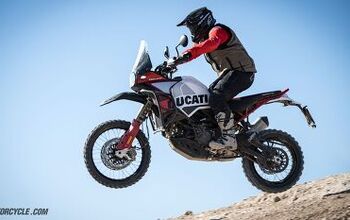
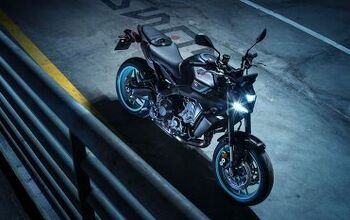

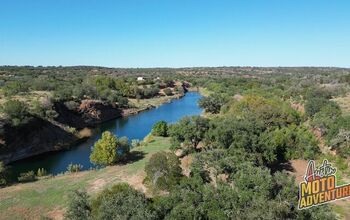
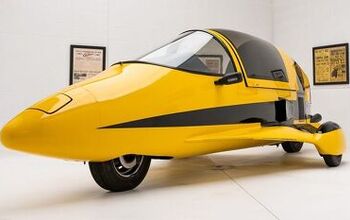
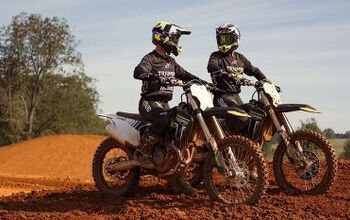
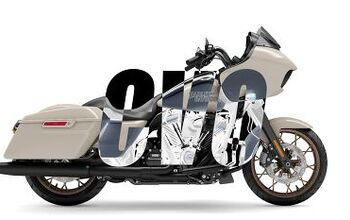
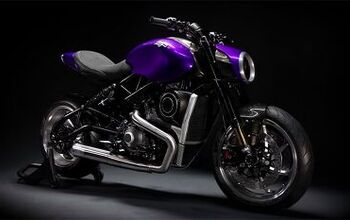
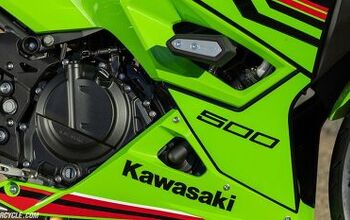

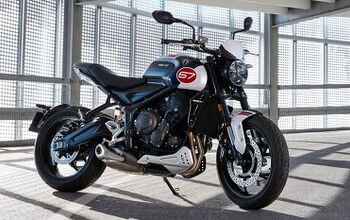
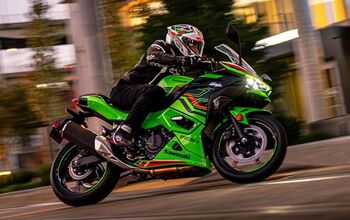

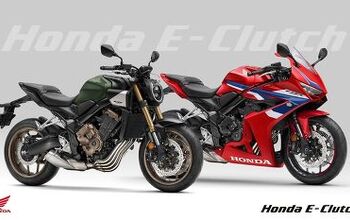
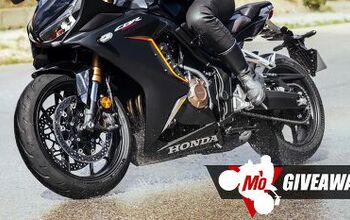
Comments
Join the conversation
I've never barfed on a motorcycle but I did in the back seat of an F-18
awesome post. Thanks for sharing your adventure!! I love the museum at Dulles - now I HAVE to visit the Virginia Beach museum. If you ever decide to get to the Air Force museum in Dayton - let me know - I'll meet you there